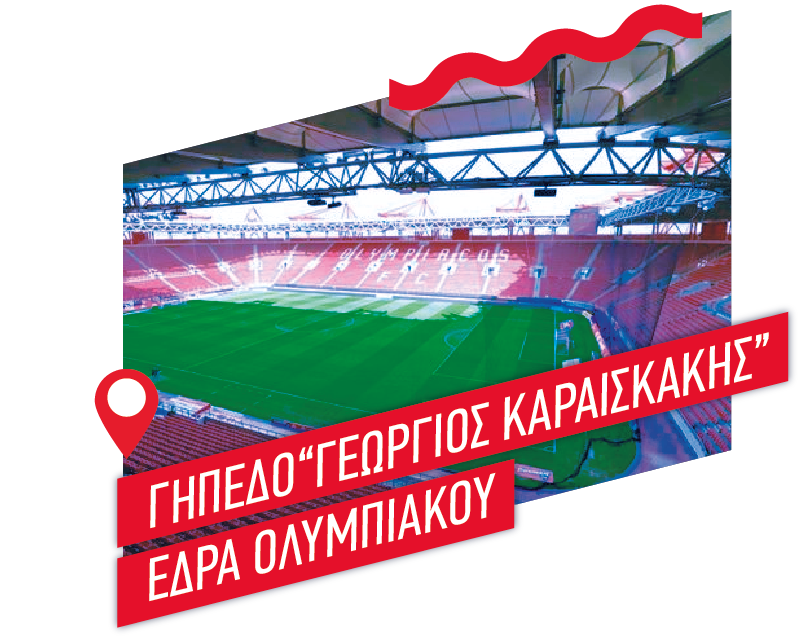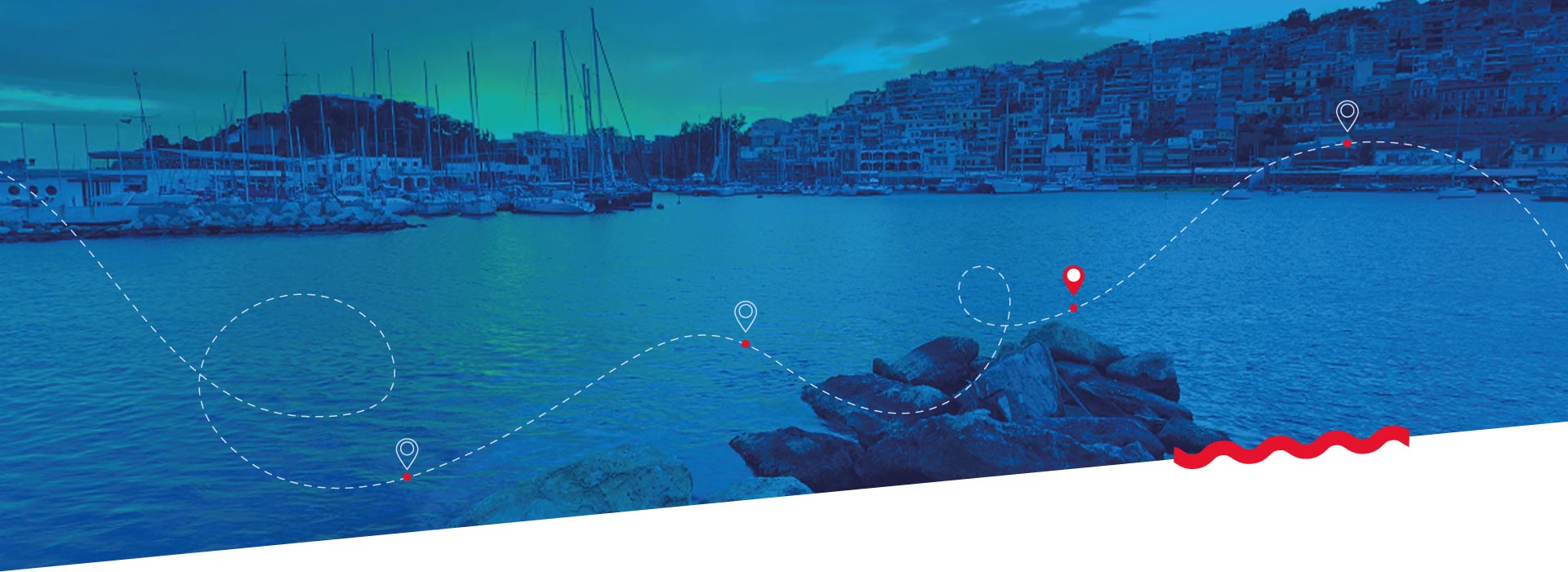
Sights
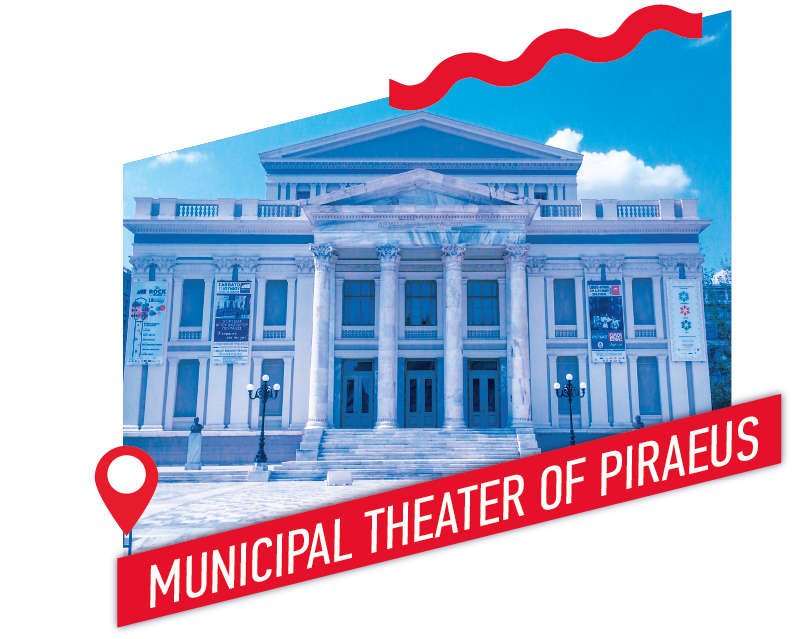
It was 24 June 1884 when the Municipal Theatre of Piraeus was founded. Twelve years later, the city centre was adorned with a magnificent building that today is considered the leading surviving Greek theatre of the 19th century.
Important Greek directors such as Dimitris Rodiris, Gikas Biniaris, Stefanos Nikolaidis, Michalis Kounelakis, as well as great actors such as Emilios Veakis, Dimitris Horn, Mimis Fotopoulos, Vassilis Diamantopoulos, Manos Katrakis, Kyveli, Aspasia Papathanasiou shared precious moments of their career with the Municipal Theatre of Piraeus.
In 2008, extensive restoration work began on the theatre. The curtain of the renovated Municipal Theatre was raised again in October 2013. Since then it hosts theatrical performances, concerts and various events for young and old alike.
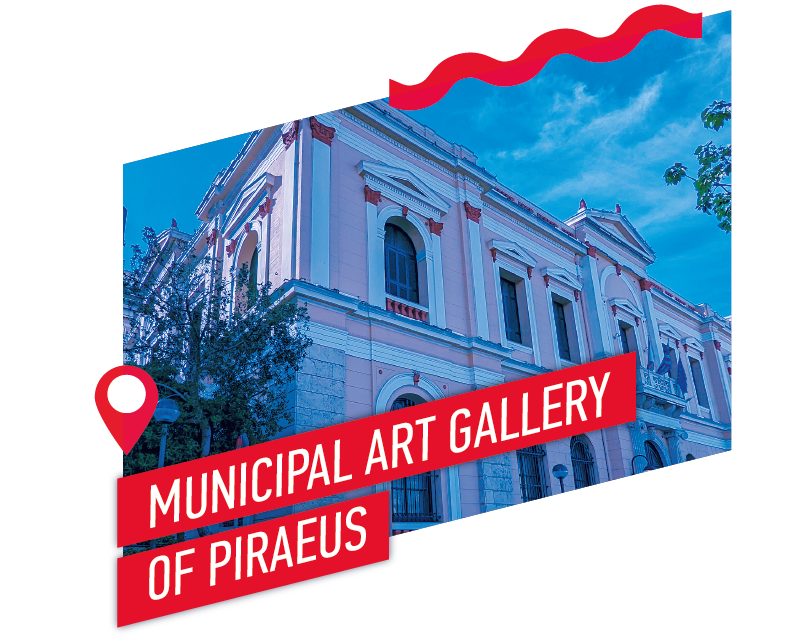
Piraeus Municipal Art Gallery
The Municipal Gallery of Piraeus is an art museum in the city centre. It is housed in the building of the restored Old Post Office of Piraeus, at 29 Filonos Street. It was founded in 1957 and initially operated in the building of the Municipal Theatre of Piraeus until 1985, when it became independent.
The collection of the Municipal Gallery includes important work by modern Greek painters, including paintings by Maleas, Lytras, Romanidis, Economou, Christofi, sculptures by the sculptor Georgios Kastriotis, models, miniatures of stage sets and other works by the set designer Panos Aravantinos and works by the popular artist Stamatis Lazarou. Also, the collection of work by the painter Kyriakos Tsakiris, as well as Manos Katrakis’ theatrical costumes, photographic material and personal belongings.
The Gallery organises educational programs as well as guided tours.

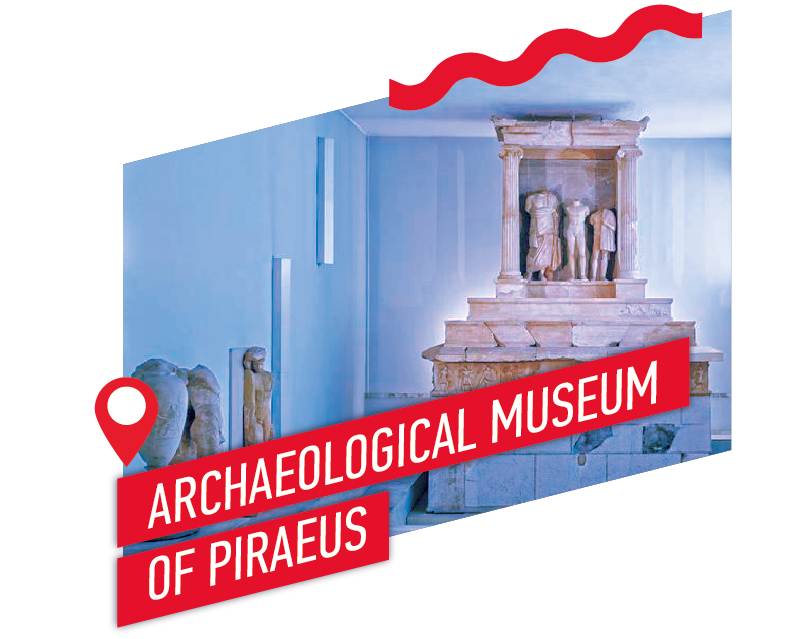
Archaeological Museum of Piraeus
The Archaeological Museum of Piraeus offers the visitor a representative and complete picture of the history of the city, which in antiquity flourished both as a commercial centre of the eastern Mediterranean and as a naval station of ancient Athens. The exhibits, which come mainly from the wider area of Piraeus and the Attica coast and the time periods they cover, from the Mycenaean to the Roman period, are representative of the population composition, the history and specific character of Piraeus.
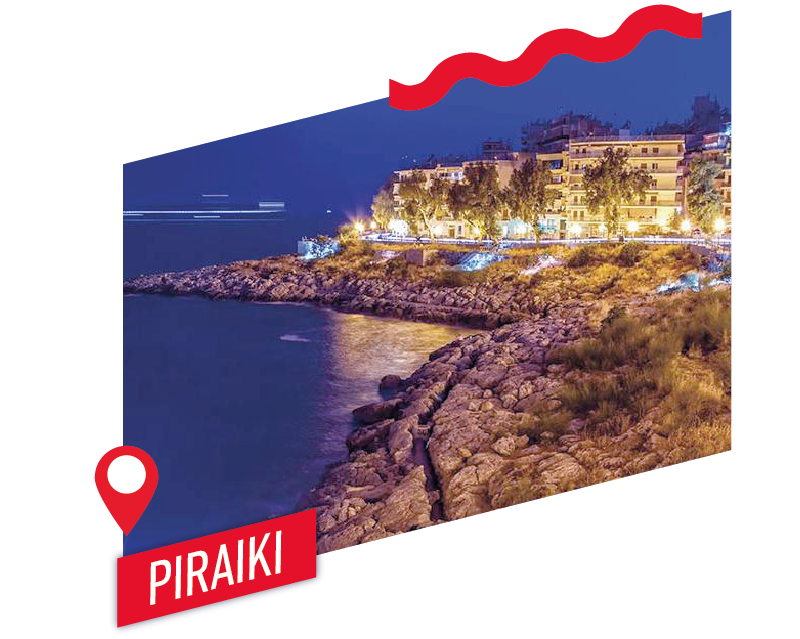
Piraiki
East of the central port of Piraeus, overlooking the sea, lies Piraiki, one of Piraeus most famous and vivid areas, with fish taverns, cafes and bars. There are three bays in Piraiki: The first one is called Skafaki, the second one Baikoutsi bay and the third one Aphrodite’s bay or Palaska.
The sunset in Piraiki is an unforgettable experience!
Today, the coastal road that connects Piraeus and Freattyda is called Themistocles Coast, in honour of the great politician and general who in the 5th century BC fortified Piraeus and defeated the Persians at Salamis. The ruins, however, of the ancient walls along the coast belong to the walls built a century later, by Kononas (the walls of Konon), to protect the harbor from attacks from the sea.

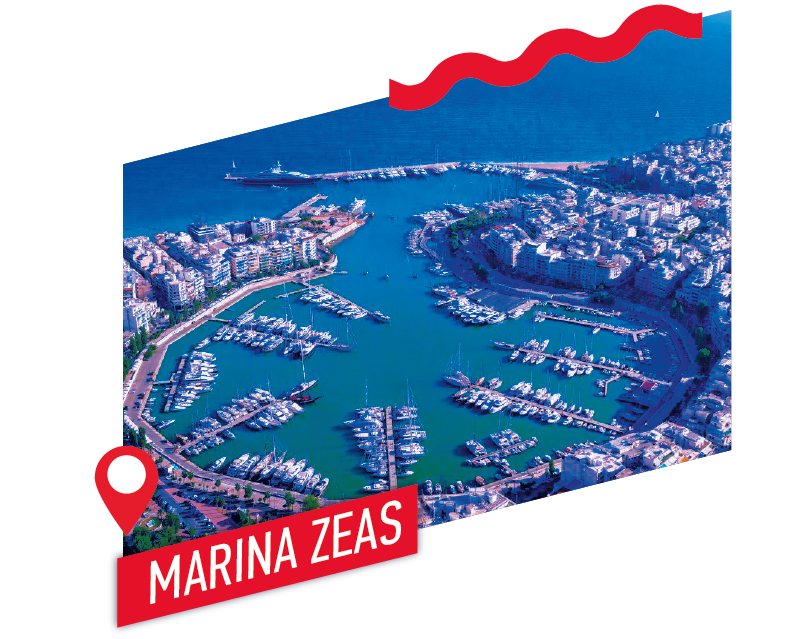
Marina Zeas
Zea Marina is located on the eastern shore of the Peninsuala of Piraiki.
Port of Zea, or formerly Pasalimani, is the second largest port of Piraeus with a circular shape. In antiquity it was the largest of the three war ports of Athens (Munichia, Zeas, Kantharos) and of Greece in general. The port was named after the homonymous cereal.
Zea Marina is fully organized and offers facilities and services of high standards.
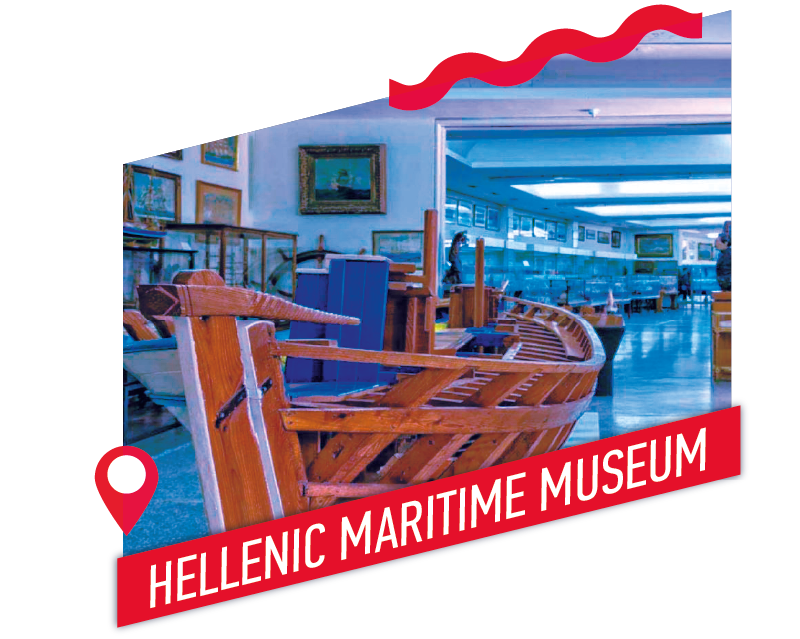
Greek Maritime Museum
The first attempt to establish the Maritime Museum was made in the newly established Greek state in 1867, but it was implemented as a private initiative 82 years later.
Today, more than 2.500 objects from Greece’s long maritime history are exhibited in its halls. There is also a Naval Library with more than 17.000 titles, which is open to the public as a reading room. At the museum’s yard there are sculptures and important outdoor exhibits, such as the turret of the historic submarine “Papanikolis” and anchors of ships from the time of the Battle of Navarino.

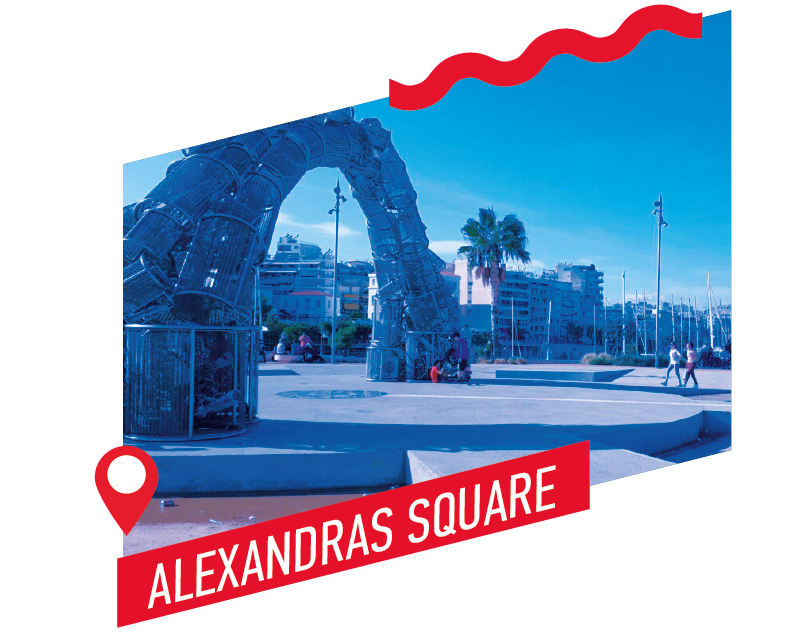
Alexandra’s Square
The monument dedicated to the memory of the 353.000 Pontian Greeks, victims of the Genocide, stands in Alexandra Square.
The imposing three-dimensional monument, created by the artist Panagiotis Tanimanidis, is 15,50 m. long and 7,10 m. high, made of stainless steel with brass details. Inside, the work is adorned with 17 sculptural compositions, which are successive images depicting the flight of the inhabitants from Pontus and their arrival in an unprepared homeland that offered shelter to the refugees.
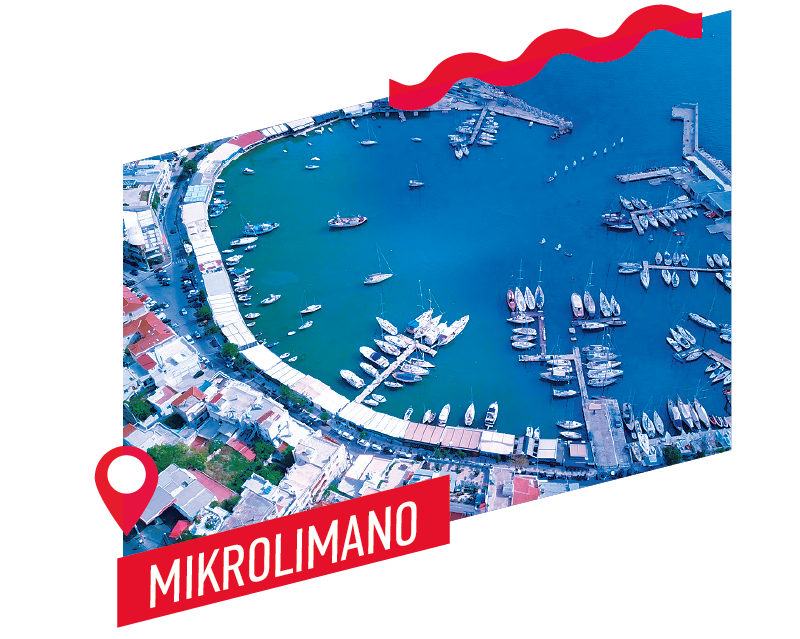
Mikrolimano
It has an oval shape and many names: Mikrolimano, Fanari, Turkolimano, Koumundourou port. In ancient times it had only one: the port of Munichia.
It belongs to the district of Kastella.
It is one of the most beautiful places in Piraeus with many choices in food and entertainment. The anchored boats and fishing boats, the restaurants and cafes, the people enjoying their walk along the waterfront, are reminiscent of an Aegean island.
Most Piraeus residents have pleasant memories of this picturesque little harbor, which over time has been modernised and has become a cosmopolitan destination for all hours of the day.

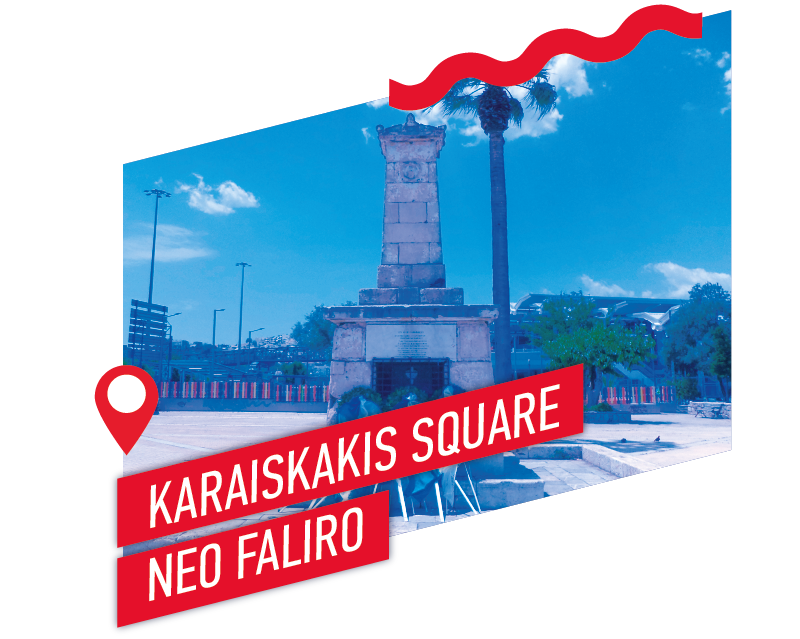
Karaiskakis square – Neo Flairo
In the square are the funeral monument in honor of the hero of the Greek Revolution of 1821, George Karaiskakis, and the Tomb of the fallen Greeks and Philhellenes.
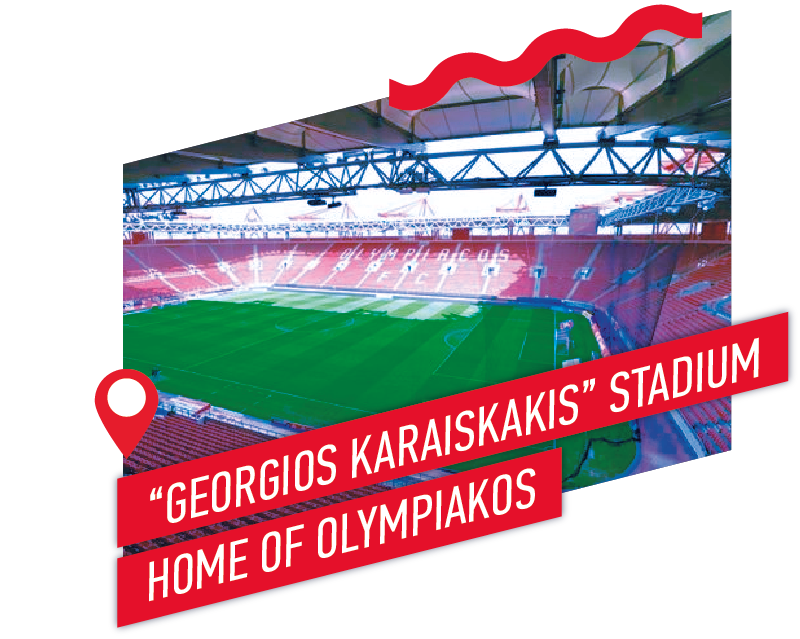
“Georgios Karaiskakis” Stadium, home of Olympiakos
The famous stadium was built in 1895, as a velodrome for the 1896 Athens Olympics. It began to be used as a football stadium in the 1920s. In 1960 it was reconstructed and renamed in honour of the hero of the 1821 Revolution, Georgios Karaiskakis (1782-1827), who was killed very close to the site of the stadium.
The Karaiskakis Stadium was associated with the Olympiacos team that experienced great moments of glory there. In 2003, however, it was demolished. In its place, a new, state-of-the-art, purely football stadium was created, fully covered.
The new stadium gives fans the opportunity to combine the game with a walk in the surrounding area, where there are shops, a gym, cafes, restaurants, the Museum of Olympiacos and the official boutique of the team.
